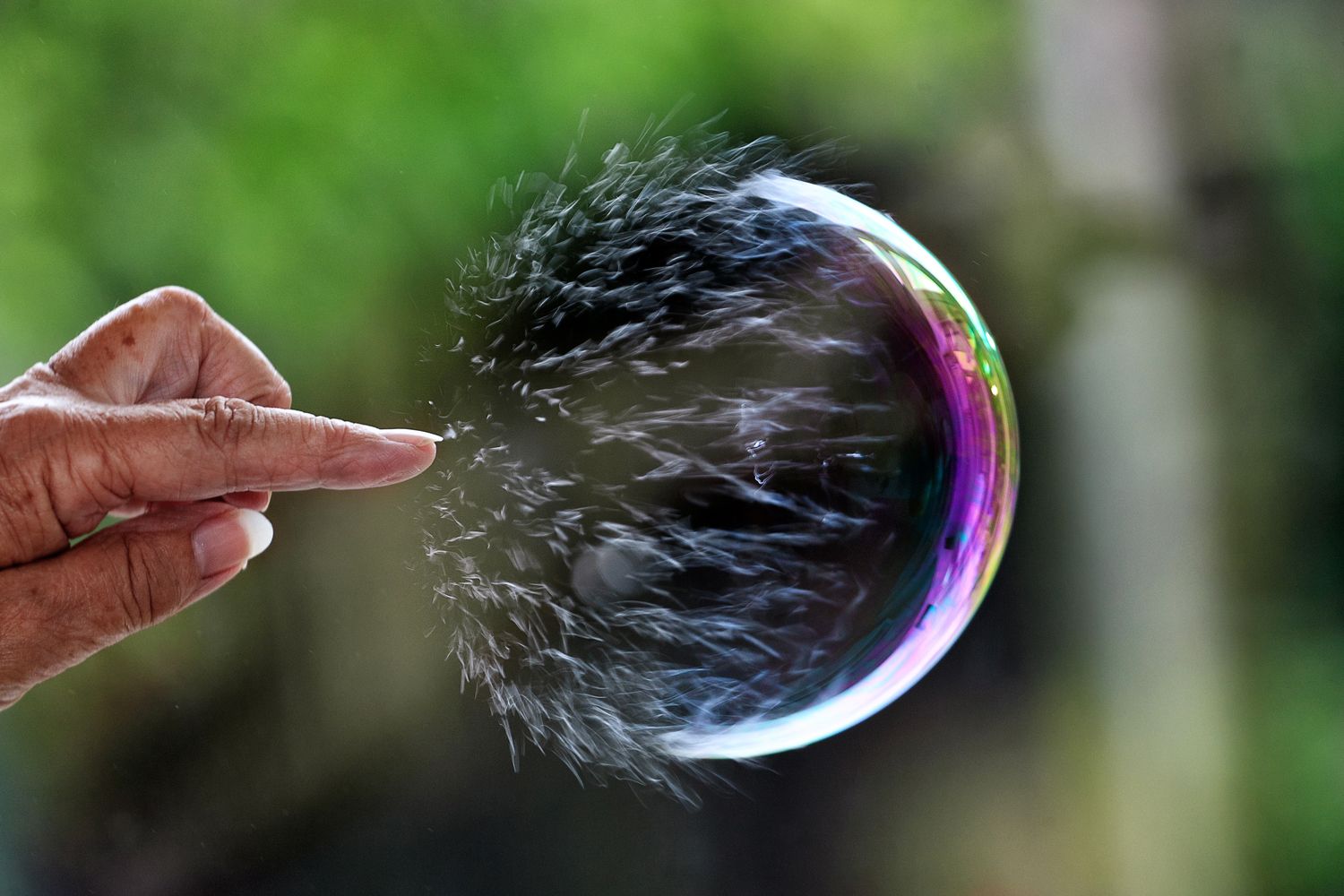Micromotors, minuscule machines that can operate on the microscale, have captured the imagination of scientists and engineers alike. These compact devices, often fashioned from a diverse array of materials, including metals and polymers, are engineered to perform various tasks such as drug delivery and environmental sensing. A recent and compelling development in this fascinating field involves the utilization of bubbles, specifically the dynamics of bursting bubbles, as a driving mechanism for these tiny engines. This innovative approach promises to transform our understanding and application of micromotors, suggesting a paradigm shift in their efficiency and functionality.
To comprehend the role of bursting bubbles in micromotor technology, one must first appreciate the fundamental principles of bubble dynamics. Bubbles are comprised of gas trapped within a liquid film, and they can exhibit remarkable behaviors, especially when subjected to changes in pressure or temperature. The process of bubble formation, growth, and eventual burst can release considerable energy, which can be harnessed for propulsion. When a bubble bursts, it generates a complex interplay of forces, creating both jets of liquid and shockwaves that can propel nearby objects, including micromotors, through their aqueous environment.
The potential applications of bubble-driven micromotors are vast. For starters, they could revolutionize the field of targeted drug delivery. Imagine a micromotor that can navigate through the bloodstream, propelled by the energy released from the bursting of microscopic gas bubbles. This method has the potential to increase the precision of drug delivery systems, reducing side effects and improving therapeutic outcomes. By exploiting the transient energy release from bubble bursts, these micromotors can be designed to move with agility, responding to the dynamics of their surrounding environment.
Moreover, the adaptability of these micromotors augments their promise. Bursting bubbles can be engineered to operate under various conditions, allowing for flexibility in their application. Scientists are exploring different strategies, such as utilizing surfactants to modify the properties of the bubbles, thereby controlling the energy release characteristics. This manipulation can lead to the design of micromotors that can operate under different pH levels, temperatures, or even in different fluid viscosities. Such versatility is crucial for applications in diverse fields, ranging from biomedicine to environmental monitoring.
In addition to health-related applications, bubble-driven micromotors hold tremendous potential in environmental remediation. Pollutants, including heavy metals and organic toxins, often persist in the environment, posing significant hazards to ecosystems and human health. The design of micromotors capable of being transported by the energy of bursting bubbles could offer a novel solution to address these contaminants. Employing these motors to access hard-to-reach areas, such as sediments or water columns, allows for targeted interventions, potentially facilitating the breakdown of pollutants or their extraction from complicated matrices.
As scientists and engineers delve deeper into this emergent field, the mechanistic understanding of bubble dynamics becomes increasingly significant. The interplay between surface tension, fluid viscosity, and bubble collapse creates a rich tapestry of physical phenomena that must be elucidated for optimal micromotor design. Parameterizing these relationships will aid researchers in predicting and optimizing the performance of micromotors driven by bursting bubbles. The discourse surrounding these interactions not only heightens interest in bubble dynamics but also underscores the importance of interdisciplinary collaboration among physicists, chemists, and engineers.
Challenges remain, however, in realizing the full potential of bubble-driven micromotors. Stability is a perennial concern, as micromotors must maintain their integrity while navigating dynamic environments. Furthermore, the scalability of manufacturing such micromotors needs further exploration. The techniques employed to create these minuscule machines must be refined to ensure consistent performance in practical applications. Researchers are probing advanced fabrication techniques, including 3D printing and microfluidics, to improve the reproducibility and functionality of bubble-driven micromotors.
Furthermore, as micromotor technology proliferates, safety and ethical considerations arise. The use of synthetic materials in biological or environmental contexts necessitates a thorough assessment of their long-term impacts. Regulatory frameworks must adapt to accommodate these nascent technologies while ensuring public safety and environmental integrity. Engaging multidisciplinary teams that encompass material science, pharmacology, and environmental science will be critical to navigating these complexities and ensuring responsible development.
In conclusion, the intersection of bubble dynamics and micromotor technology heralds a transformative approach to the development of tiny engines with vast potential. The expanding applications—from targeted drug delivery to environmental remediation—position bubble-driven micromotors as a pioneering force in both scientific exploration and practical implementation. The continued investigation into the mechanics of bubble bursting not only enriches our understanding of fluid dynamics but also unlocks new pathways for innovation. As research proceeds, it is evident that the implications extend beyond mere engineering; rather, they challenge and inspire a shift in perspective regarding the capabilities of the microscale world. The pursuit of knowledge may yet reveal that nature, with its intricacies and elegance, harbors solutions to some of humanity’s most pressing challenges.












